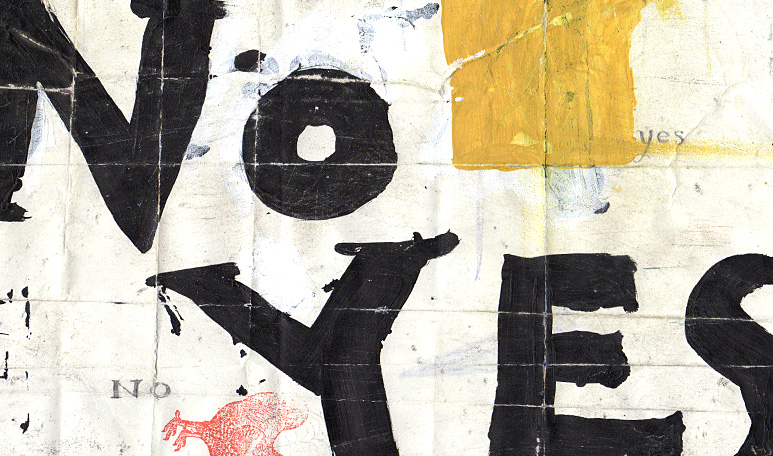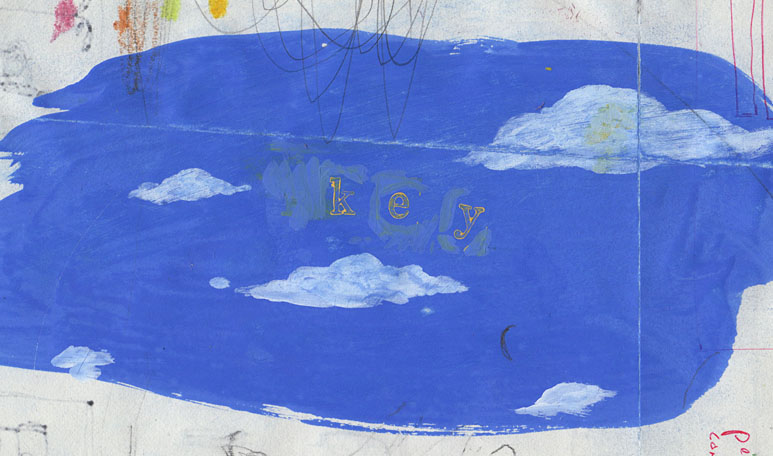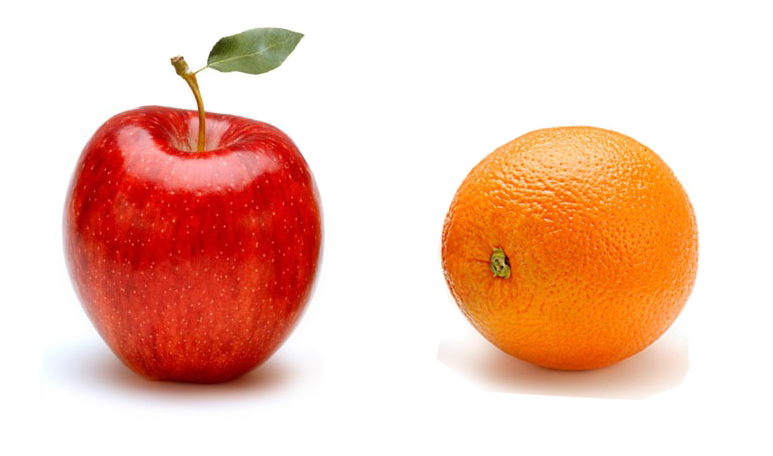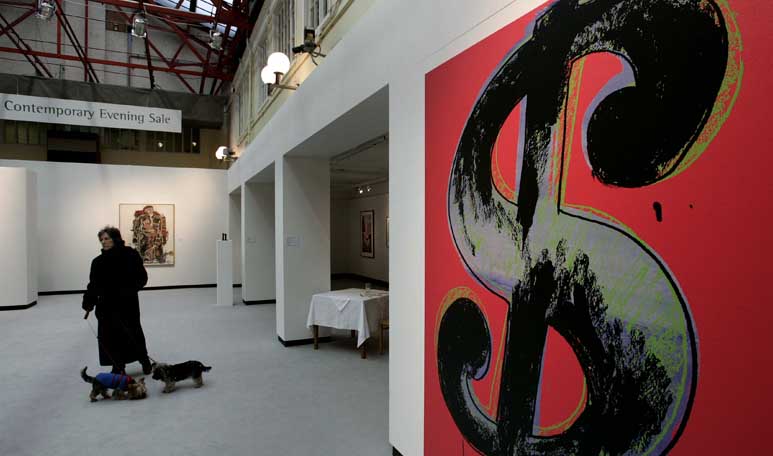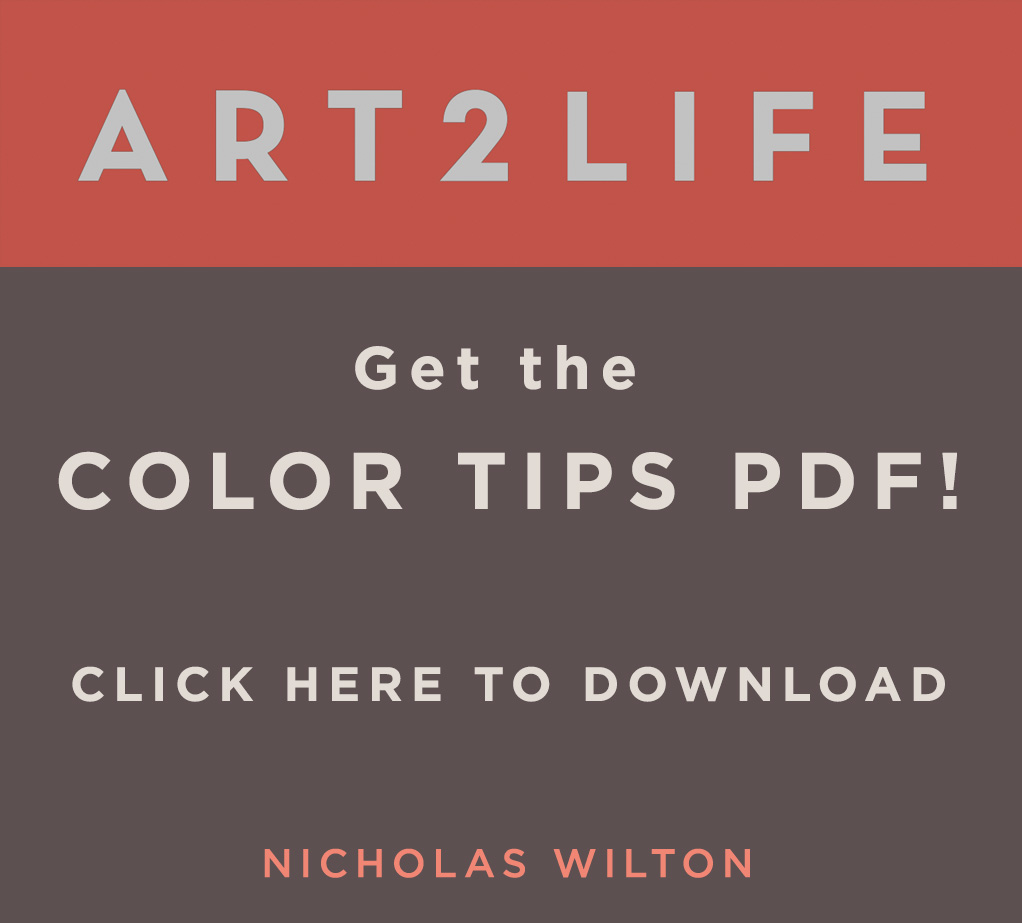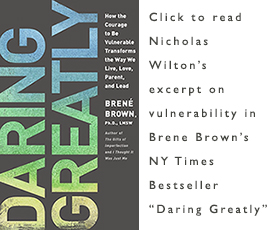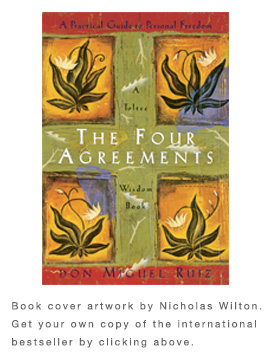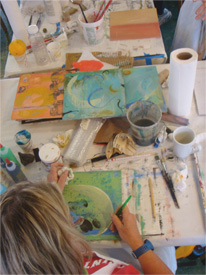Why it Sometimes Feels Hard to Make Your Art
The process of creating is up and down. In my practice, one minute I feel everything is going well then upon closer examination it can seem like whatever I am working on has taken a turn for the worst. I have grown accustomed to this choppy kind of inquiry. It just seems par the course whenever you are pushing into areas that are unexplored. This is how it feels to wander into foreign terrain. It is also why I think most of us stick with this practice. Creating Art is incredibly informative. I always learn so much in the process.
There is one emotional piece however, that I never get used to feeling. It has to do with a different kind of unease. I am talking about the restlessness, the gradual negative shift that occurs, over time, when you are not making your Art. This happens sometimes when you are burnt out and you just need to take a break or possibly you have been away on vacation. Of course there is nothing wrong with leaving your practice. That is just life. But what I consistently have found is that when I do, within a few days, my memory of how I felt about my work when I was involved with it diminishes. As time passes I begin to feel less and less sure of my current work. I actually like it less even though I am not even around it.
I become less and less sure the longer I wait to return to my Art. This of course, is a vicious cycle. It doesn’t feel good when you think about your Art, which leads to staying away longer till you do. For me that day never really comes. I just get more involved with other things, more distracted and start settling into a mild case of procrastination.
“You owe it to all of us all get on with what you’re good at.” W.H. Auden
But finally, one way or another, I just make my self go back. It feels so forced, but I just begin. Within 30 minutes that sinking feeling of not seeing the potential in my work just leaves. The glass is half full again. Buoyancy returns and I am back in it.
So the next time you are feeling low about your Art, check in whether or not you are actually making it. You might be surprised to see, as I was, that most of the time you are not. If so then just simply remember the positive shift you might be looking for is waiting for you in your practice. You just need to return.
In gratitude, Nicholas
Two Small Words That Help Your Art
As I was painting the other day it hit me how much the process of making Art is just a bunch of Yes and No decisions. Do I like this mark here or do I like it there? Yes or No?
I was having one of those days in the studio that was not very satisfying. It seemed like I was improving things but on the other hand I might possibly be making things worse. There is this sinking feeling in the pit of your stomach when you know something needs to be done but you just can’t figure it out.
In frustration, towards the end of the day, I tried to just make it clearer whether I wanted to change something or not. For instance I wouldn’t change that blue patch unless I really didn’t like it. It had to be a definite No! And then once I made a decision I pushed it visually so it was really, really clear. If something was to be made bigger I made it a bit bigger than I was planning. If it was to be a more saturated blue I made it even more so.
Right away the painting started moving. Finally. I realized that I was seeing and liking my decisions better because they were clear. They were committed. It almost gave me more room to imagine the next step, as I knew more definitively where I was in the process. It was quite extraordinary.
As I was thinking about all of this, my phone rang. I almost picked it up and then caught myself. I have a promise that I will not interrupt my painting till I have painted straight for the 2-3 hour session. I tell people this and they understand. In fact they like it. Just saying this is a reminder for myself that my Art is very important and at least for part of my day I totally show up for it.
This clear boundary, this decision to say no to a whole host of potential interruptions, from phone calls, to emails, to even looking for something to snack on, while I am painting has the same kind of potency as the more definitive ones made in art making. It is a big strong No.
The art of saying Yes when you really want to and Saying No when you really need to seems vitally important not just in the process of making Art but also in making a your life the way you want it.
Yes and No are such small words but when used clearly and decisively can make all the difference in the world.
What do you say no to, so you can say yes to your Art?
I would also like to announce the winner of the “Key” painting from last week’s blog post is…Diane McGregor! To claim your painting, please email Ferris as [email protected] with an address we may mail it to.
In gratitude, Nicholas
What Makes Us Feel Alive?
If you pay attention to what your friends share with you from the Internet you start to get an idea of what we all find valuable. Regardless of the subject matter, usually it is something that is extraordinarily different than what we normally see. If it is about Art it will be something that is brand new that leaves us in a state of wonder. I am thinking of these recent aerial laser displays that somehow project the form of a butterfly in space, or Ai-WeiWei portraits of visionary leaders, done entirely in Lego pieces. Sometimes it is just a piece of Art that is so good that it is different in terms of its quality, its allure, so it stands out. Regardless, this state of wonder, this feeling of amazement makes us all feel a little bit more alive. That is the core feeling everyone is after. If you can provide this with your Art, first for yourself and then others, there will be a line at your door.
How can I consistently provide this feeling in my Art?
There are currently 7.125 Billion people living on Earth. Fortunately there is nobody out of all those people who is like you. You are utterly unique. If you can make your Art more and more like you, then it becomes possible to leverage that difference – that only you were born with – into making Art that is seductively different. It will, if it is truly what you love to make, be startlingly different than what already exists, just like you. And when someone comes along looking to buy Art, looking for something that leaves them feeling a little bit more alive, they usually will choose what is new and has that spark of difference.
The good news, bad news, in my opinion, is that there really is only one worthwhile path in front of you. Do the fabulous work in this life to find out who and what kind of art brings you alive, share it with others and enjoy the inevitable success that comes with making something that brings you and then others alive.
The added bonus, with this line of thinking is that you no longer need to feel competitive. All that goes away when you realize that any work that is going to rise up and be extraordinary like yours can only be so because it is remarkably different than everyone else’s. Including yours.
There is only one you, one life and one chance to make your work. If you are curious enough, if you desire to look within, it is already there.
It is a kind of Art that is entirely your own, and remarkably, holds the potential to make us all feel a little bit more alive.
I would also like to announce that the winner of last week’s original gouache “Pink Eraser” painting is…Carly Hardy! Please email my assistant Ferris your address so that we may send along the Art. Congratulations and thanks for sharing on this blog.
For the rest who were hoping to win, don’t worry! Those who comment below and are signed up for my newsletter will have a chance to win the original “Key” gouache painting! The winner will be randomly chosen and announced in next week’s blog post.
In gratitude, Nicholas
THE ONE THING THAT MAKES YOUR ART VALUABLE
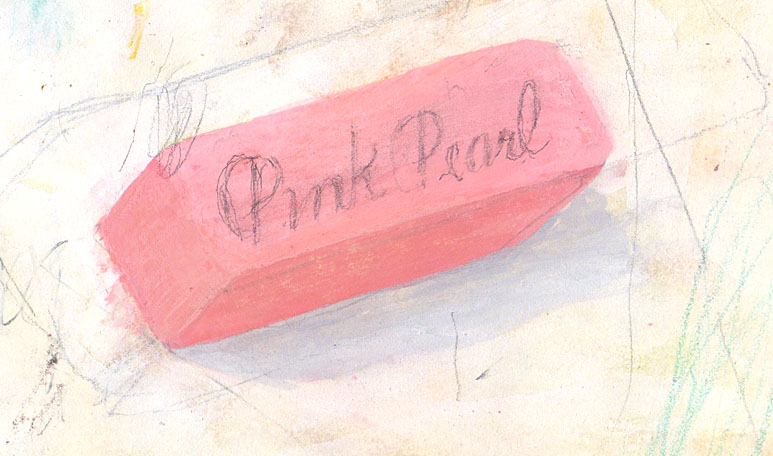 Gouache painting of eraser by Nicholas Wilton
Gouache painting of eraser by Nicholas Wilton
Sometimes making my Art feels choppy. The hardest days in the studio are the ones where I go down one road before I realize I wanted another. I was mistaken. So by the end of the day, I have to come all the way back to where I started. It seems like I went nowhere. It is frustrating.
However after repeating this pattern over and over again, I see that these wrong turns, these mistakes are not only unavoidable but also essential in creating the value in my Art. In the end, they simply improve it.
In the words of Thomas Paine, “That which we may obtain too easily, we esteem too lightly. It is dearness only which gives everything its value.”
My Art process has demonstrated this essential truth repeatedly.
Mistakes are challenging, however they always happen. They always will. Why then do we have such a fear of making them? Why do we feel so much pressure to be always correct?
The mistakes are the very thing that creates our best Art. We need them.
Art making is the ideal teacher of this apparent truth. In fact I would say Art making for me has become mostly about trying to remain uninhibited despite the fact that the next mistake is surely just around the corner.
It is only when we no longer fear making mistakes that our true uninhibited self can come forward, can enter the room and begin to make decisions based on our intuition and authenticity. I can see in an instant when I make a brushstroke or a mark that is tentative. I can feel in my life when I am reacting out of fear. I end up doing things I don’t really care about. True desire is somewhat sacrificed.
In reaching, in stretching ones self, mistakes – missed cues, as I like to call them – are going to happen. As a result, however, they allow you to then move forward with a new understanding. A new knowledge found from going to the wrong place first. The prize, the take away, is a new found conviction, a sureness that invariably improves your Art.
It is important to understand and constantly remember this pattern. It is behind the scenes of our lives and always in play. It can be hard when all seems to be falling apart, when the road is petering out, and when we begin to get the hunch that we are actually mistaken. If the disappointment can be short lived as a result of understanding this game then we can more quickly take the next step in the right direction.
This realization that our desire, the value we are attempting to bring to the world is created from the difficulty, is actually incredibly liberating. Working and even living ones life without concern for the inevitable mistakes along the way kind of takes the pressure off. Every wrong turn invariably gives you the necessary lift to anywhere you need to go next.
I am not sure who exactly figured this all out or who set it all up but it truly is amazing. The game in the end feels rigged. It is all in our favor. There is a conspiracy of sorts working behind the scene of our Art making, our lives, to take us where we truly desire.
What has your experience been with mistakes? Those who comment below and are signed up for my newsletter will have a chance to win the original pink eraser gouache painting. The winner will be randomly chosen and announced in next week’s blog post.
In gratitude, Nicholas
Build Success With New Answers
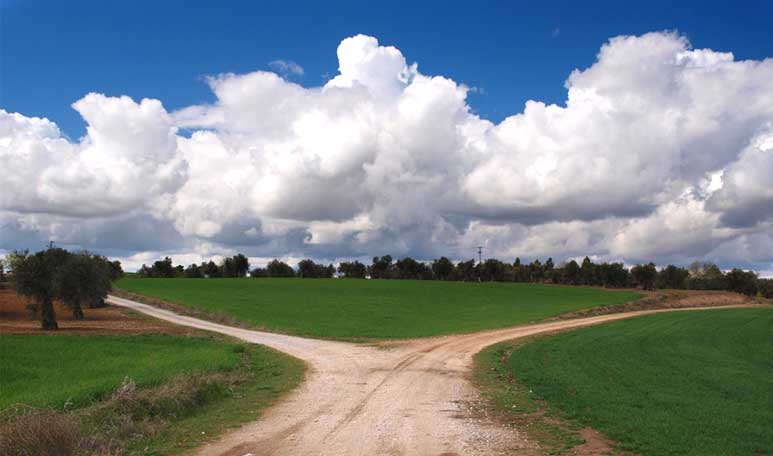 Above: Image by Yanko Tsvetkov of alphadesigner.com
Above: Image by Yanko Tsvetkov of alphadesigner.com
One of potential shortfalls for Artists, who are involved in the business of selling their Art, often has to do with their thinking. The answers to many of the same old questions regarding a career in art, no longer need to automatically be given. We have a choice. We can decide to answer in a new way by re positioning ourselves, centermost, smack dab in the middle of managing and nurturing our own creative careers. Today this is entirely possible. Especially when we begin to formulate some new answers to some very old questions….
How will People see my Art?
The Old Answer:
• A gallery blesses you by letting you be one of their artists. They will, if you are lucky, show your work, have exhibitions and build relationships with collectors who will purchase your work. You probably will be expected to remain in your studio and not get too involved in the business of the gallery.
• Collectors will not be able to easily visit your studio and more than likely you will not be given the collectors names who favor your work as the gallery sees you as competition. The gallery would prefer to handle everything. They will choose when and to whom they show your work.
The New Answer:
• Because of the Internet, Artists can build their own following whether they are in a gallery or not. Having a website and staying in touch with people via email, newsletter, blog, etc. who like your Art, consistently over time, builds an audience, not just of collectors, but also artists and even other galleries and dealers. As your work is seen more and more, and your audience grows, so does the possibility for sales of your work.
Who will build my Career?
The Old Answer:
• A gallery will make my career. I pray to God that they accept my work and that I can sell for them. I will do anything to get in the door.
The New Answer:
• You can make your own career by building your email list of everyone and their brother who love or have loved your work. There are 277,436,130 people in the United States as of March 2014. 80 percent of them are on the Internet. I don’t think it is unreasonable to think that maybe 2,000 of those 225 million people might be interested in your Art. By the way, access to all these people is included in your $25 a month Internet connection.
• If you can generate sales on your own, if you are still interested in galleries once you do, (And there are plenty of reasons to be: gallery people can be super friendly, generally are very passionate about Art, they manage amazing exhibition spaces, Art Fairs, connections to their buyers, etc.) then you can begin to interview the galleries to see which will fit you best. One of the primary things galleries care about is sales. If your work has already begun to sell, they will be interested.
Who will Sell my Art?
The Old Answer:
• The gallery and its staff are more presentable, better at business and have more experience than the Artist when it comes to selling and talking about your Art. Artists sometimes are not particularly social and prefer to be in their the studio. Clients are more comfortable talking about buying Art with the gallery than an artist.
The New Answer:
• People are tired to death of canned experiences. They crave the real thing. They want authenticity. This is why they buy original Art in the first place. The next best thing to buying a painting, or often the first step towards making a purchase is having an opportunity to meet the artist.
• Do you ever notice how much interest people have in the process of how you make your Art? It turns out Artists are actually extremely thoughtful, interesting people who can articulate and communicate just fine about what they are making. One of the best people to help buyers buy is pretty simple. It is you.
Beginning to reframe how we respond to questions of what we can and can’t accomplish is a crucial step towards achieving our creative goals and dreams that quietly reside within us all.
Questioning, Nicholas
When Your Art Doesn’t Sell
You didn’t sell anything at your show or open studio. It can make you feel like crap. When this happens to me I am not sure if I feel bad about my work or myself. Probably both. It tends to dampen my enthusiasm about even trying to make art anymore.
If you ever feel this way, it is probable that you are thinking the World of Selling Your Art and the World of Making your Art are one and the same. They are not. They are actually very, very different from one another.
Here are the primary differences:
World of Selling Your Art
• You have no control in the outcomes of this world. It involves too many externalities that you cannot possibly control. This world is more about other people than it is about you.
• There is a tendency for artists to connect the value of what they make or even themselves based solely upon their success in this world. At best this is a roller coaster ride that will carry your self-esteem along for the ride. One day you are up, the next you are down.
• This world keeps you either in the future, worrying about what will happen or in the past, worrying about what already has happened. There is little time to for you to be present in this world and ultimately this is why it is sometimes so difficult.
World of Making Your Art
• You have total control in this world. The practice of Art making is an exercise in self-determination. Practically all aspects of your practice are within your control. This world is mostly a celebration of who you are presently. It is more about you than anyone else.
• Since your practice is totally under your own control, it becomes possible then, to consistently stay inspired and engaged with whatever it is that interests you. Staying engaged, becoming enamored with the unfolding of your own Art over time and the tremendous feelings of self worth that accompany this accomplishment makes you automatically successful in this world.
• The World of Making Your Art is all about the present. When you make your work, when you are really in it, the past nor the future enter into it. This is one of the primary reasons making Art is so gratifying. Making Art is Life being lived to it’s fullest. It makes us feel more alive and more like ourselves than possibly anything else we can possibly do.
So if you are going to choose to spend time in the roller coaster World of Selling Your Art, at least understand that it is probably not going to inspire you the way Art making does. There are also going to be a lot of people in this world who are not particularly interested in you. It most likely will not offer you a sustainable way to feel good about your Art.
This World can be so distracting.
So much so that sometimes it is easy to forget about the other World.
The World of Making Your Art… the world where your practice resides, where everything is in your control and where the possibility to feel utterly like yourself, so alive, are already there.
All that is missing is you.
“ ….be as present as you can. The past cannot survive in your presence. It can only survive in your absence.” Quoted from “The Power of Now” by Eckhart Tolle.
In gratitude, Nicholas
Your Best Art Can Be The Easiest
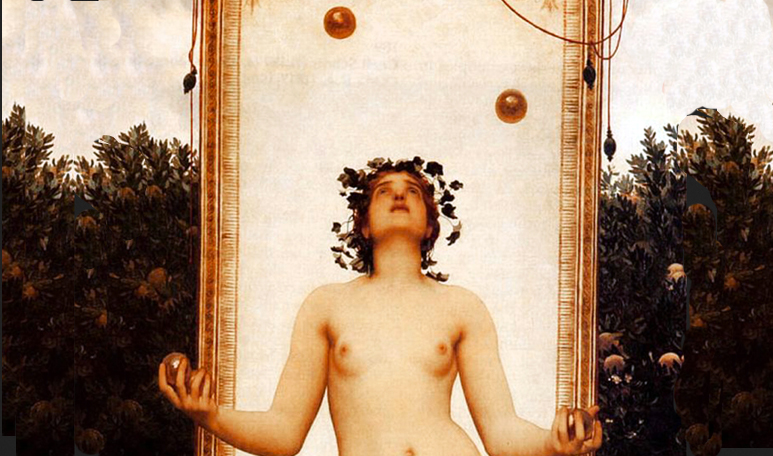 Detail from “The Antique Juggling Girl” by Lord Frederic Leighton
Detail from “The Antique Juggling Girl” by Lord Frederic Leighton
Do you know how sometimes you make something that is so good it surprises even you? It seemed so effortless, and till this day you still kind of wonder how you made it? It is that good.
I have often wondered why I can’t do this more often. I discovered it has to do with my thinking…
Sometimes in making my Art I am overly concerned with results. This usually happens after an absence. I keep thinking about how it is going to turn out. This mindset doesn’t ever produce my best work. When I am too focused on the outcome, I am simply not present. And then I am no longer able to fully experience the small miraculous thing unfolding in front of me. If my decisions are not based upon what is happening presently, then they cannot possibly all work together to make a cohesive whole in the future.
At some point, usually day two or three, I remember that it is more about enjoying the moment, paying attention to what is happening now, that oddly results in my best work.
Now I no longer wait so long to get back to this understanding. I simply have changed my process.
Quantity over Quality
For me, the way to quickly come back to this understanding is through quantity, not quality. I just start back in doing way more, all at once, than I can possibly handle. So much that I can’t possibly understand entirely what I am doing. If the state of things are so hectic and dynamic in the present, then having a clear understanding of the future or clinging to an outcome is next to impossible.
When there are just too many balls in the air, intuition, spontaneity, and just plain fun creep back in to my process. Once I am re engaged in this way, then and only then can strong work become possible.
My best work oddly feels like I made it without caring. It just kind of happened by accident while I was playing with art materials. And in fact it was…
Art, like life, teaches me again and again that all possibility, all things worthwhile are available if I just can let go and surrender, happily to the present.
It seems to good to be true. But I think it is.
In gratitude, Nicholas
The Most Important Thing You Can Do To Sell Your Art
Above: one of Andy Warhol’s “Dollar Sign” paintings.
Being a successful Artist means different things for different people. For some, just being able to make artwork they love is enough. Others, however, also want art making to be their profession. In other words they want to sell their Art.
If you want to sell your Art, there is one important, relatively simple thing you can do. To better understand this, however, we first have to look at how artwork is often sold.
It often goes something like this:
You show your Art to a friend. Then this friend tells one of their friends about you. After repeatedly hearing about you, this friend of a friend might come by your studio to see your work. These visits often end up with them purchasing or least becoming more interested in purchasing your Art.
It works the same way for a gallery. The director is simply spreading the news about your work to collectors, and friends of their friends.
The key here is not who is referring your work, but the fact that your work is being referred. People tend to trust the experience of others. If we see others liking something, it is human nature that we presume it has value. And, in actual fact, if everyone is interested, there usually is something of value present. If many people are talking, liking something we tend to trust and share that sentiment also.
If most sales of your Art come from the casual conversations and referrals of others, then it makes sense that increasing them will proportionally increase the sales of your Artwork.
Which leads us right into the single most important thing you can do to sell your Art. Build an email list.
How to Build an Email List.
Maintaining and building an email list of everyone who has ever expressed an interest in your work is now, because of the Internet, extremely simple.
• All you need is 2 pieces of information. The name and email address of those who express interest in your work. Always try to get this information whenever you meet someone who engages with your work.
• If you have a website, make sure the second thing people see after your Art is an easy way to sign up for your monthly newsletter.
• Over time add names to this list and every 4-6 weeks stay in touch by emailing a monthly newsletter or a jpeg of what you have been making.
• Use a monthly list serve service such as Constant Contact or Mail Chimp to make the ongoing building of this list, and the monthly email blast as effortless as possible. (see automated list builder link).
• Be consistent. Whether you have 50 or 5,000 people on your list, it is important that you consistently stay in touch. If you do, your list will quickly grow.
The consistent email to all those who like your work create not just a reminder but also an impression that your work is flourishing. It is current, and for today at least it is the most exciting thing in their inbox. This opinion, awareness of your work must be cultivated, consistently expressed in order to generate sales. They come as a natural reaction to the growing awareness and favorable perceptions that you are fostering by a simple email once a month. It just simply works. And it is something you can start today.
Always remember that this list, these people enable you to do what you do. Literally, they make it all possible.
Whenever you can, appreciate them.
In Gratitude, Nicholas
A Dog Is An Artist’s Best Friend
 Maizy was rescued, snatched up from an Oklahoma “kill” shelter the day before she would have been put down. She is part Ridgeback and part Basenji. I am not sure if her incredibly gentle and grateful disposition is a result of her mixed breed or because of her miraculous last minute rescue. Possibly, a little of both.
Maizy was rescued, snatched up from an Oklahoma “kill” shelter the day before she would have been put down. She is part Ridgeback and part Basenji. I am not sure if her incredibly gentle and grateful disposition is a result of her mixed breed or because of her miraculous last minute rescue. Possibly, a little of both.
She accompanies me to the art studio every day, and promptly sits upon her large olive green pillow right beneath my worktable upon arrival. In between naps, she gazes lazily out at all the busyness of the studio.
My dog is my best friend and a constant companion in my life of which the making of Art is the center. She did not choose this ArtLife, but she has no objections whatsoever to this particular orbit she shares with me.
I can’t imagine the studio, my life, without her in it.
Sometimes, when I am making Art I can let the fact that a painting that is not turning out as I would like, cast an overly serious tone upon the day. It is somewhat ridiculous, how at 6:30 am, all alone in a studio, how worked up you can become by something that is utterly subjective, completely random and virtually unseen by everyone but you.
Often, in the midst of my gathering seriousness, my eyes glance upon Maizy. She is reclined upon her soft pillow watching me. Her gaze is always attentive and loving. She is utterly present, and seems to often calmly emanate several potent queries…
“Why do you feel the need to go to all this trouble? You over there, tall man wearing absolutely silly paint covered clothes, “Bose” paint stained headphones straddling his ears, wearing not just glasses but also an air filter upon his face, are you really sure you need to be going down this particularly hard path that tires you so?
Are you maybe better off just slowing down a bit?”
I rarely take her advice. She is, after all, just a dog. But, I do listen to her. She does remind me that, in the end, I at least have a choice. We all do and Maizy, my dog, my co pilot, reminds me daily of this fact.
Having choices or at least the knowledge that we do, provides spaciousness to the daily routines of life. It turns out that the choices we make have a lot do with how things will or will not go in our day. This spaciousness, like the fresh air that surrounds us, is always available if only we can remember it’s there. I think Maizy just naturally knows this fact. She persistently reminds me to slow down and stop taking things so seriously.
And then, if I can remember, take a long, slow inhalation.
In gratitude, Nicholas
How To Stop Creative Block
 Do you ever feel like you get stuck in the process of making your Art? All of a sudden you reach a point and you don’t know what to do. There is just a big empty blank space in your creativity.
Do you ever feel like you get stuck in the process of making your Art? All of a sudden you reach a point and you don’t know what to do. There is just a big empty blank space in your creativity.
This happens to me. I also see this played out in my ArtLife workshops. People just hit this place and invariably say, “I just don’t know what to do!” It feels like the well has run dry and the last good idea that came out last week will be the last. There will be no more. Not today. Not ever. The Source is simply empty.
Despite what it feels like, I have discovered that the problem is not the creative Source within us but rather the mindset, the pathway to that Source.
For years, I have tried different ways to help people in my workshops breakthrough this issue. I have tried talking to them about what inspires them, I have told them to look at others peoples work that they love and I have even told them to just take a walk. I have had limited success.
What ends up happening to them, as it does to all of us, is that things just naturally shift after a day or two and then, amazingly, there is an outpouring of new ideas and inspirations. However, two days or even one day in a 5-day workshop is a relatively long time. I don’t like feeling this way for even 30 minutes.
How can we unblock faster? After many years being stymied by this question, I think I have found an answer.
It is really quite simple, but it works.
It goes something like this…
The mental orientation, your headspace that you are in when you are sitting staring at the problem trying to think your way out of it does not provide a reliable pathway to your creative Source. It feels like you are out of ideas, out of energy and inspiration. You are not. You just can’t experience both the creative, spontaneous, curios state that naturally exists when we are making Art while being in this super analytical, doubting, effortful place. You are either in one mental state or the other. They seem to be somewhat mutually exclusive.
The trick then is to figure out how to more easily switch between the two.
For my students, I demonstrate the answer in the following way.
I simply pick up a brush and without any plan or preconception of what I am doing, just begin putting a mark upon the paper. As I do this, as the deep blue paint floods across the white space the creative mind simply cannot resist becoming engaged. It needs the actual stimulation happening right in front of you. It doesn’t particularly become engaged in the idea, or the pre planning of picking up a brush and making a blue mark. It only becomes engaged once you are actually doing it.
However we hold back for so long from doing because our mind can’t figure out what to do. But we can’t figure out what to do because our creative mind needs the actual physical stimulation. It is a loop that unfortunately can go on and on, keeping us from making our Art.
Fortunately it can be broken quickly. All that needs to be done is to just begin. You don’t need a plan. You don’t need an idea. You simply need to pay attention. Especially once the blue paint begins to change the white paper. Or the crappy rough draft is starting to be written… Associations, inspirations, hopes and new ideas naturally come flooding in again once the actual doing is begun.
It is that simple.
And then the possibility for the new, the next great thing you’re about to make, can return.

